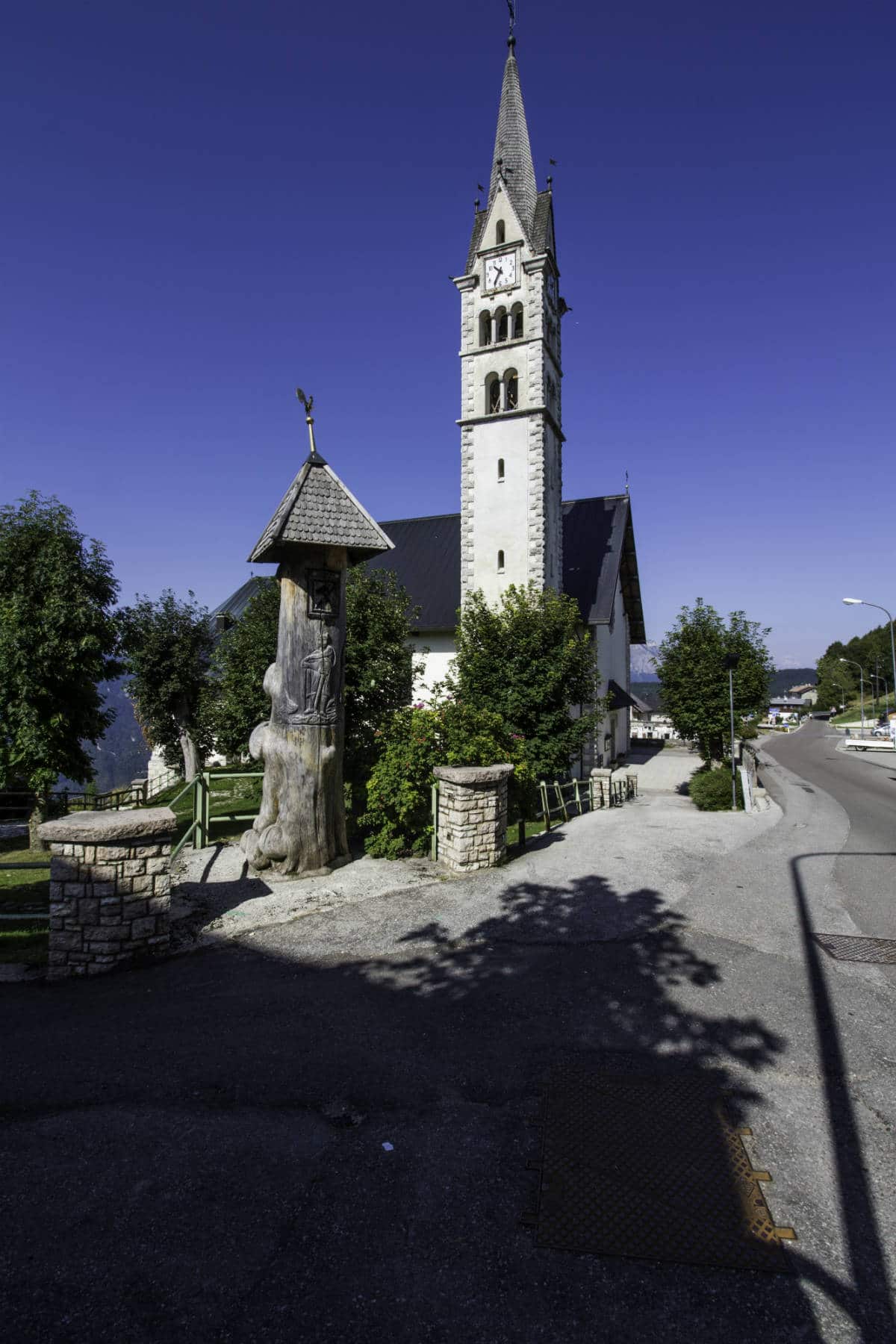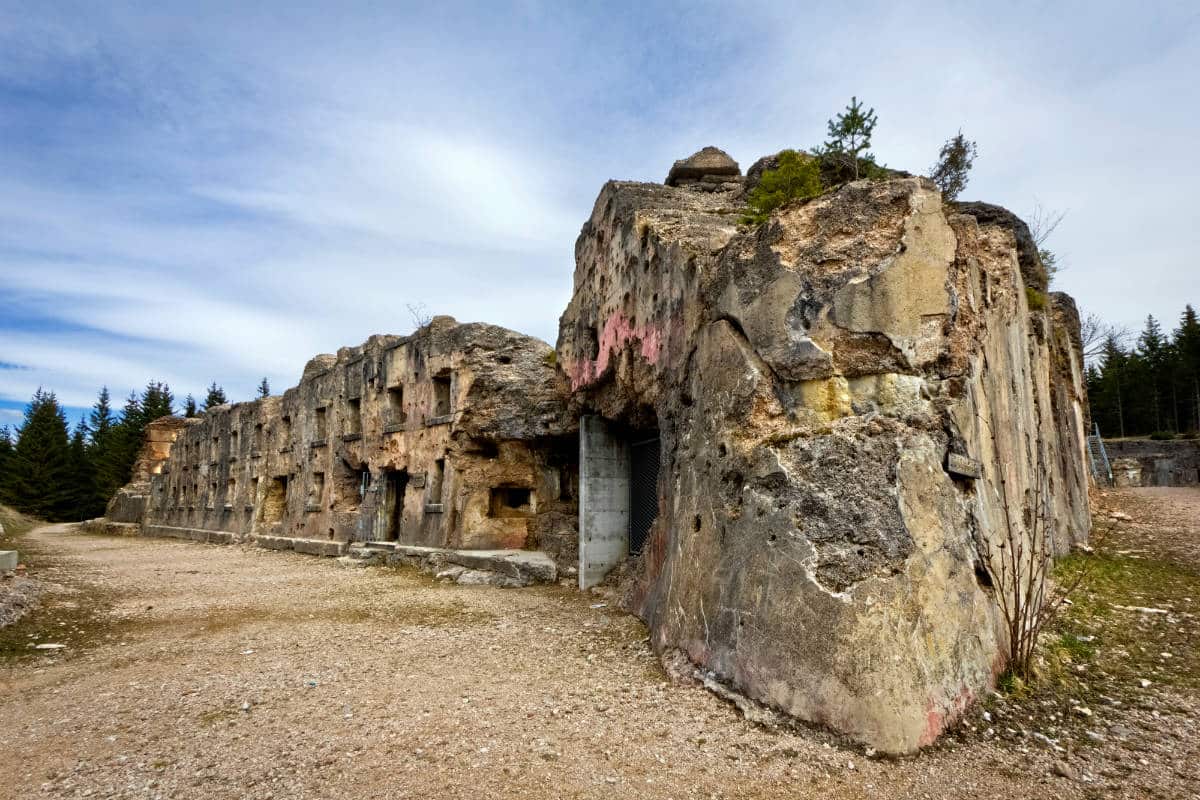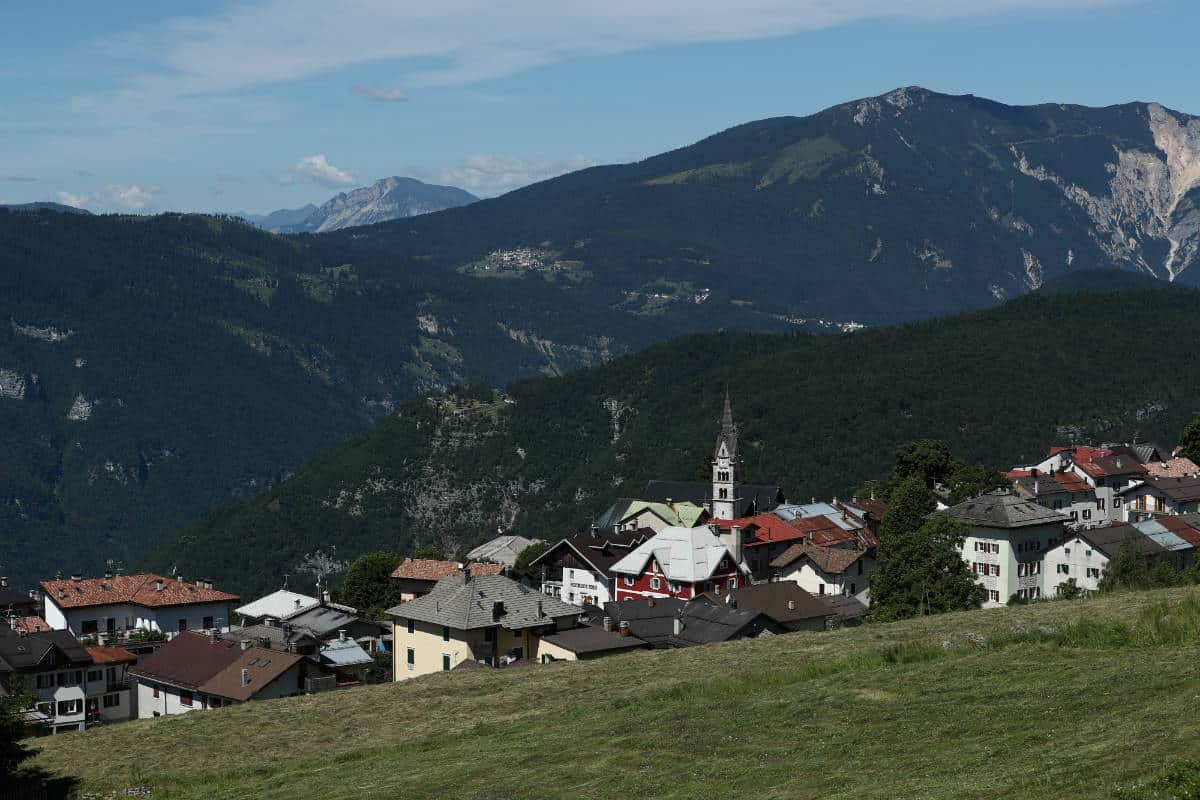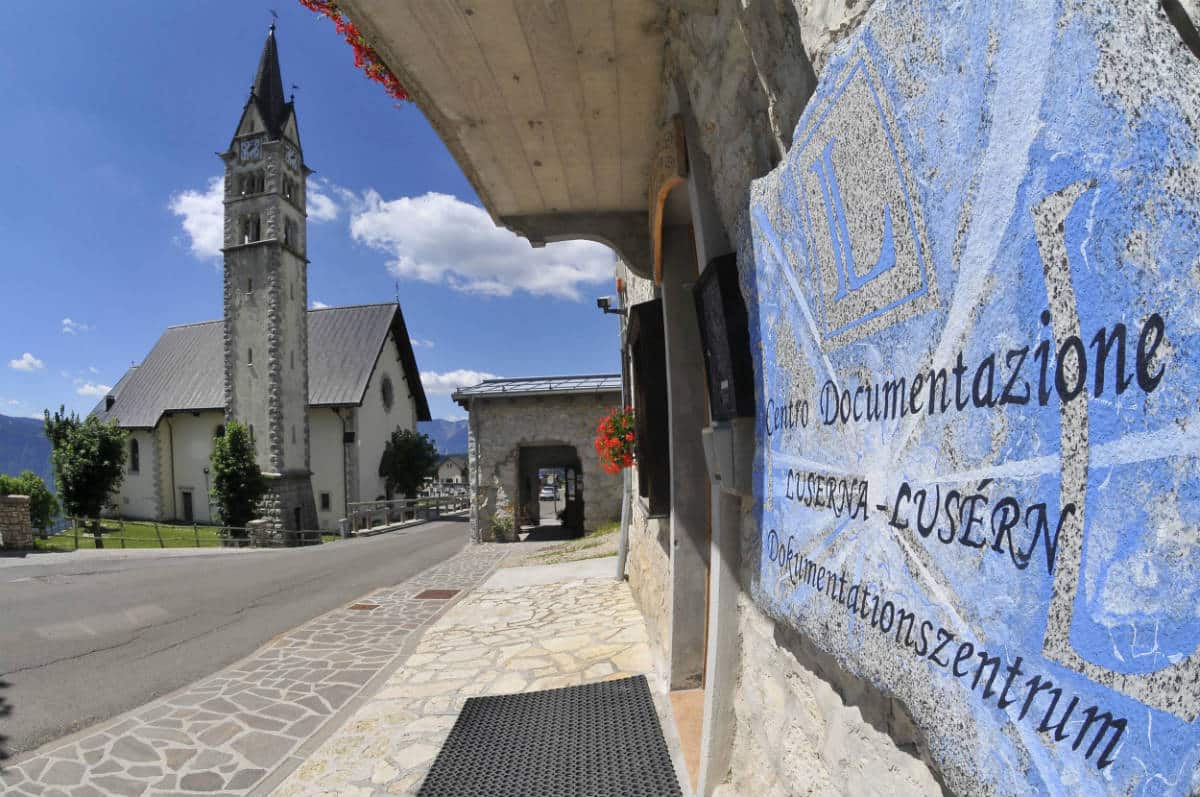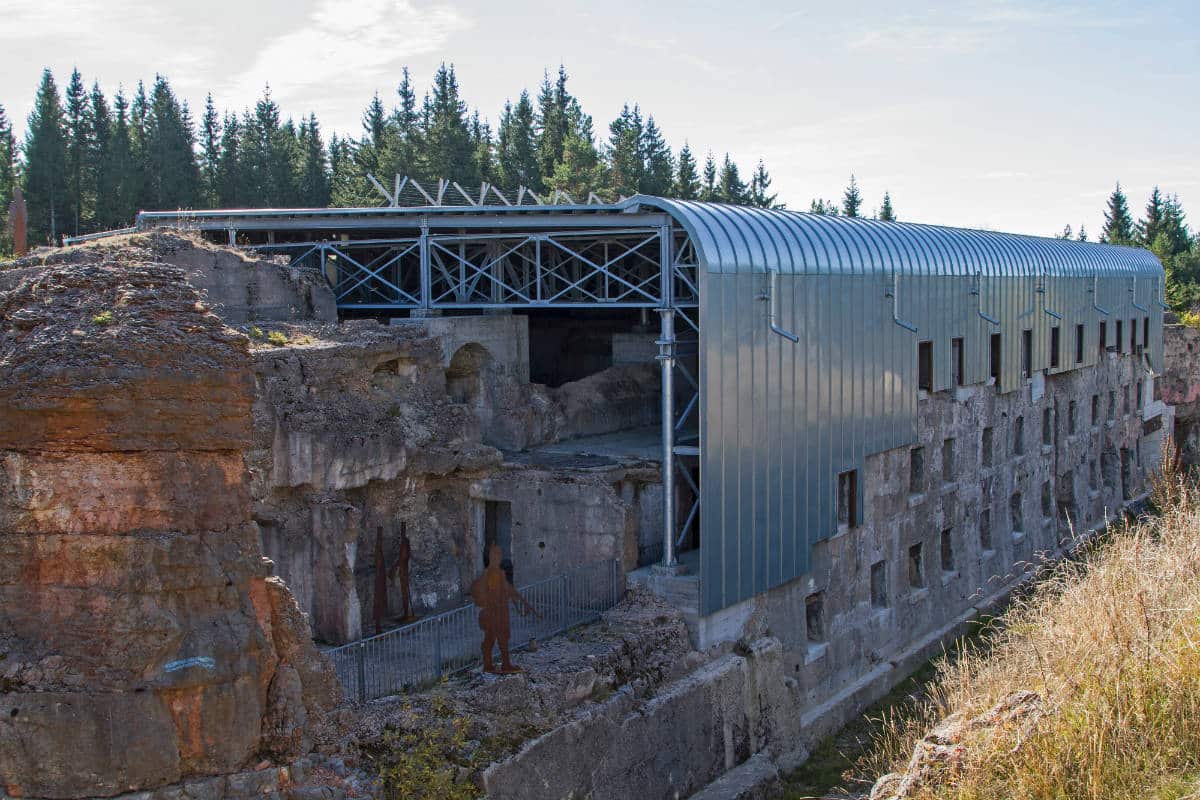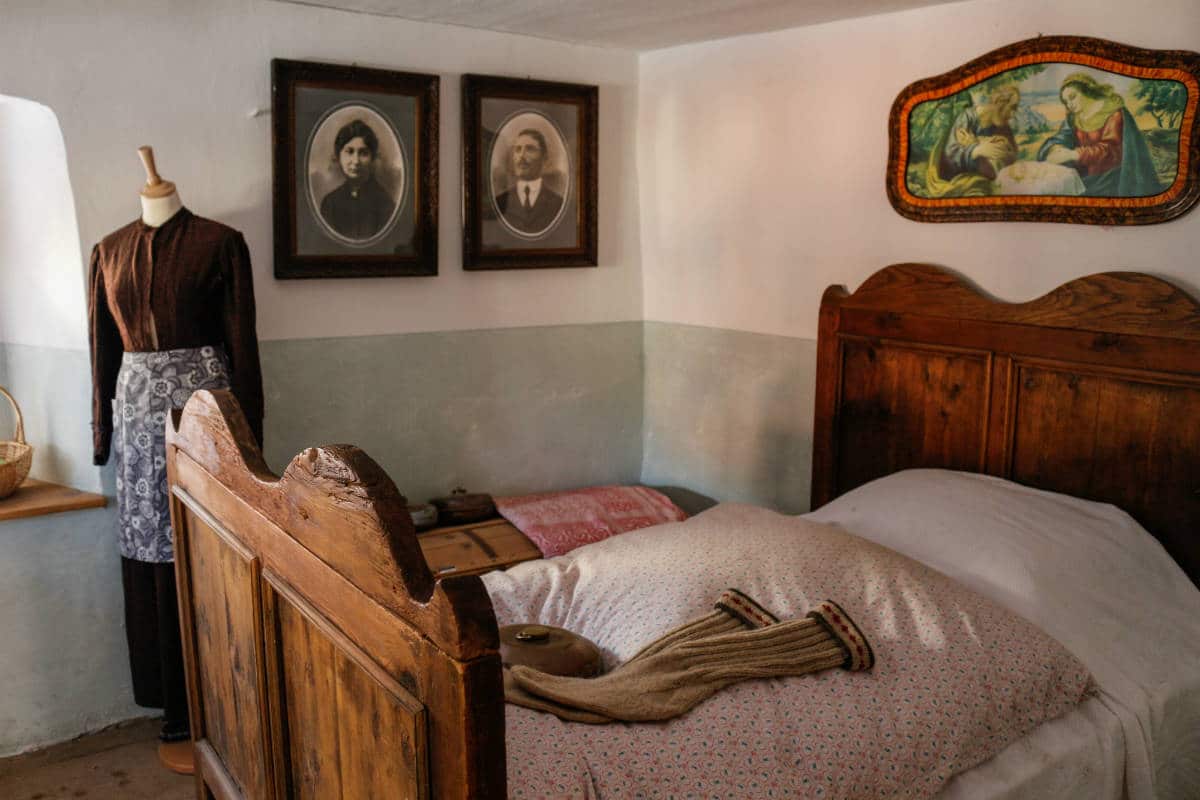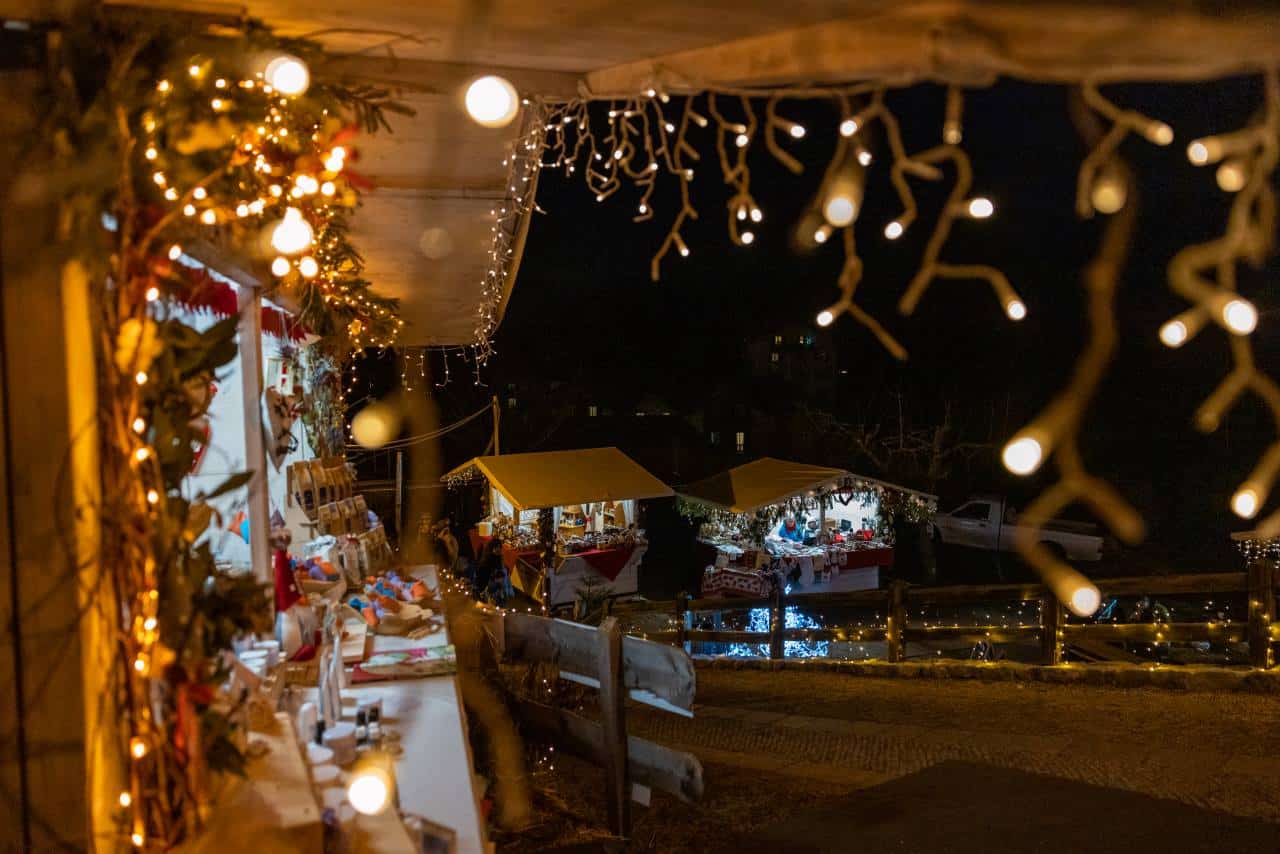Luserna, or Lusérn in Cimbrian, is a charming village located in Trentino, nestled in green forests and surrounded by breathtaking views. Although it is the smallest of the municipalities on the Great Plateau of Trentino, it has a wealth of history and tradition that makes it a unique place to discover. The community of Luserna boasts a special cultural heritage: the Cimbrian language, an ancient Germanic language that was imported in medieval times by settlers of German origin, is still spoken here. This language, along with local traditions, is an object of pride and continues to be passed down from generation to generation, giving Luserna an atmosphere steeped in authenticity and historicity.
To immerse yourself in Luserna's deep roots, you can visit the Haus von Prükk House-Museum, which is the result of a careful restoration of a typical 19th-century farmhouse. Here you can discover not only the daily life of the former settlers, but also the craft and cultural traditions that have marked the community over the centuries. The house-museum represents a true window on a past that lives on through local culture.
Luserna is not only a place to visit, but also a gateway to unspoiled nature and numerous hiking trails. Thanks to its privileged location, it is an ideal starting point for hikes to Forte Lusérn, which is a significant witness of the Great War, and to the evocative "Sentiero Cimbro dell'Immaginario," a trail that invites you to discover the characters of the legends linked to the Cimbrian culture. Snow lovers will also find the Millegrobbe Cross-country Ski Center and the ski facilities of the Lavarone Ski Center, which offer opportunities for winter sports immersed in an extraordinary natural setting.
From a historical point of view, Luserna has ancient roots. Although the area was already inhabited in prehistoric times, it was in the Middle Ages that the Prince-Bishop of Trento, Federico Venga, colonized these lands, bringing with him populations of German origin. The rural communities that developed here were dedicated to logging and pastoralism, giving rise to a culture that continues to thrive. The Cimbrian legends, protagonists of the local narrative, hark back to a past rich in stories and tales, through which the origins of this people are interwoven with significant historical events.
According to legend, the name "Cimbri" originates from the people of the same name from Jutland, who attempted to invade Italy, unsuccessfully, during conflicts with the Roman army. A second theory suggests a migration from southern Germany around the year 1000, with groups bringing with them a well-defined cultural and linguistic tradition. However, the rich archaeological heritage and finds from different eras make Luserna's history complex and fascinating, helping to establish a deep connection with its northern mythological roots.
A mention of the local food and wine is in order. The flavors here are authentic and linked to tradition. Typical dishes include Kaiserschmarren, a delicious crepe fried in butter, served warm and accompanied by blueberry jam or simply sprinkled with sugar. Taste and tradition come together to offer a culinary experience that tells the story of the community and the flavors of yesteryear.
Luserna is a place where time seems to stand still, a village that jealously guards the traces of its history, language and traditions. A must for anyone wishing to explore an authentic corner of Trentino, Luserna promises to enchant with its charm, culture and extraordinary natural beauty.


